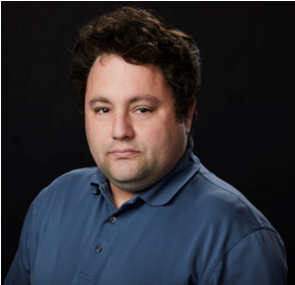Overcoming Challenges to Escalation Management in Limited Exchange Scenarios - Physics
Colloquia Topic and Speaker Bio

Note: Classification Level: SFRD. This talk will be classified Secret.
Abstract: While Cold War deterrence scenarios often revolved around large-scale nuclear exchanges between the US and the Soviet Union, the new multipolar scenario is more likely to have to deal with limited exchange scenarios born out of ongoing regional and/or theater conventional conflict. To make the situation even more complex, these situations may now also arise in the context of two peer competitors as opposed to the single peer competitor faced during the Cold War. From this backdrop a new series of deterrence scenarios and attendant challenges arise, requiring different thinking at both the policy/strategy level as well as different options generated from the weapons technical community. This talk will explore this interaction between policy/strategy and technical options, including several options that go beyond the typical technical developments the nuclear security enterprise has focused on during recent decades.
Bio: Dr. Joseph Wasem is the Program Group Lead for the Future Deterrent Design Studies program element and also the lead for the Stockpile Responsiveness Program Challenge Problem #1 in the Weapon Physics & Design Program at Lawrence Livermore National Laboratory. In this capacity he oversees the integration of physics design, engineering considerations, and Dept. of Defense equities in the development of options for future stockpile solutions for a variety of upcoming national deterrence needs. In addition to requiring deep technical understanding of the design issues involved, in this position he has also fostered numerous Dept. of Energy and Dept. of Defense relationships and understanding to ensure that concept development addresses stakeholder issues across the nuclear enterprise.
Dr. Wasem has 12 years of experience at LLNL, having started directly out of his PhD program as a postdoc in the Physical & Life Sciences Directorate before joining the weapon design staff in 2012. His PhD is in Theoretical Nuclear Physics from the University of Washington and a BS in Physics from the California Institute of Technology. He also attended the Texas A&M Bush School of Government’s National Security Leadership Program, from which he received a graduate certificate in National Security Studies.
